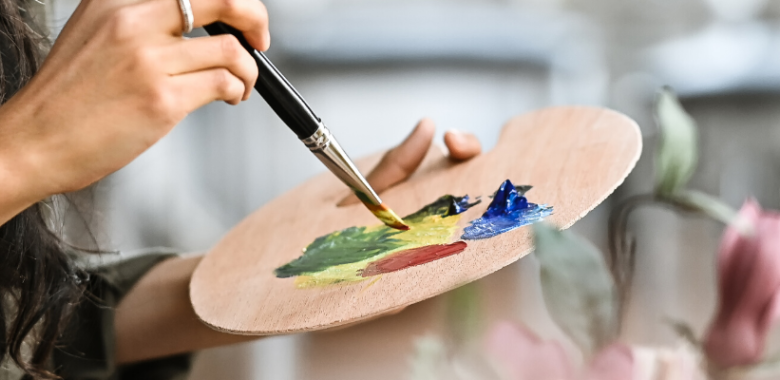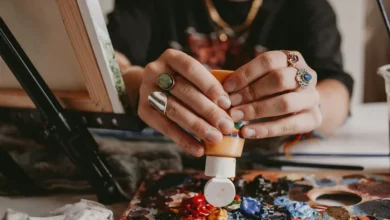Discovering Your Inner Artist: Drawing Spider-Man

Discovering Your Inner Introduction:
Have you ever marveled at the intricate details of Spider-Man in comics and movies, wishing you could bring your own version to life on paper? If so, you’re not alone. Drawing Spider-Man can be an exciting and fulfilling challenge for any artist, regardless of skill level. Discovering Your Inner Whether you’re a beginner or an experienced artist looking to refine your skills, capturing Spider-Man’s dynamic poses and iconic suit can be an enriching experience. Let’s dive into the world of Spider-Man drawing and unleash your inner artis
The Appeal of Spider-Man
What makes Spider-Man such a beloved character among artists? Perhaps it’s his agility, the vibrant colors of his suit, or the detailed web patterns that cover him. Spider-Man is a character full of movement and expression, making him an ideal subject for artists who want to practice capturing action and emotion.
Gathering Your Supplies
Before you start drawing Spider-Man, gather all the necessary supplies. You don’t need a professional artist’s toolkit; simple materials like pencils, erasers, and paper will do. However, if you have colored pencils, markers, or digital drawing tools, these can add extra flair to your artwork.
- Pencils: Different pencil grades can help with various aspects of your drawing. Use harder pencils (H, 2H) for initial sketches and softer pencils (B, 2B, 4B) for shading and details.
- Paper: Standard drawing paper works fine, but if you want to use markers or paints, consider heavier paper that can handle wet media.
- Erasers: A good eraser is crucial for refining your sketch and cleaning up any mistakes.
- Coloring Tools: If you plan to color your Spider-Man, have colored pencils, markers, or paints ready.
Starting with Basic Shapes
Every complex drawing begins with simple shapes. For Spider-Man, start by sketching basic shapes to define his head, torso, and limbs. This step helps you get the proportions right before diving into details. Use light, quick strokes to outline circles for the head and joints, and ovals or rectangles for the torso and limbs.
Defining the Pose
Spider-Man is known for his dynamic poses, often seen leaping through the air or clinging to walls. Decide on the pose you want to capture. If you’re new to drawing Spider-Man, start with a basic standing or crouching pose. As you gain confidence, you can experiment with more dynamic action poses.
Detailing the Body
Once you’re satisfied with the basic shapes and pose, start refining your sketch. Outline the shapes more precisely to form Spider-Man’s body. Pay attention to the anatomy, making sure the limbs are proportional and the muscles are defined. Spider-Man’s physique is lean and athletic, so focus on smooth, fluid lines.
Drawing the Suit
Spider-Man’s suit is iconic, featuring web patterns and a bold spider emblem. Start with the larger details:
- Web Pattern: The web pattern on Spider-Man’s suit can be intricate. Begin by drawing the main lines that radiate out from the center of his chest. Then, add the connecting lines that form the web grid.
- Spider Emblem: Draw the spider emblem on his chest and back. This emblem varies in different Spider-Man versions, so choose the design you like best.
- Eyes and Mask: Spider-Man’s mask has large, expressive eyes. Draw the outlines of the eyes, making them slightly almond-shaped. Add the web pattern on the mask, taking care to follow the contours of his face.
Adding Depth with Shading
Shading brings your drawing to life by adding depth and dimension. Use softer pencils or blending tools to shade areas where shadows fall. Pay attention to light sources, which affect how shadows are cast on Spider-Man’s body. For example, if the light is coming from above, shade the undersides of his limbs and torso. Gradually build up layers of shading to create a three-dimensional effect.
Bringing Color to Your Drawing
If you’re using color, this is the stage where your drawing really comes to life. Spider-Man’s suit is primarily red and blue, with black web patterns and white eye patches. Use vibrant colors to make your drawing pop. If you’re using colored pencils, layer the colors to achieve the desired intensity. For markers or paints, use smooth, even strokes to avoid streaks.
Final Touches
Before you finish, step back and look at your drawing as a whole. Check for any areas that need refining. Maybe some lines need to be darkened or lightened, or perhaps a section of the web pattern needs adjustment. Make these final tweaks to ensure your drawing looks polished and complete.
Practicing and Improving
Drawing Spider-Man, like any skill, improves with practice. Don’t be discouraged if your first few attempts aren’t perfect. Keep practicing, trying different poses and angles. Study Spider-Man artwork from comics and movies for inspiration and guidance. With each drawing, you’ll notice improvements in your technique and confidence.
Sharing Your Artwork
Once you’re happy with your Spider-Man drawing, why not share it with others? Post it on social media, join online art communities, or share it with friends and family. Getting feedback from others can be motivating and help you improve. Plus, sharing your art can inspire others to pick up a pencil and start drawing.
Conclusion
Drawing Spider-Man is a fantastic way to develop your artistic skills while having fun. From sketching basic shapes to adding the final touches, every step of the process offers an opportunity to learn and grow as an artist. Remember, every artist starts somewhere, so don’t be afraid to make mistakes and keep practicing. Who knows, you might just discover a passion for drawing superheroes that leads to even more creative adventures. So grab your pencils, unleash your creativity, and bring your own Spider-Man to life on paper!




